QuestionI read your previous answers about laminitis (2009) and wondered if you had any new info on the subject. We have a 16 year old pony that foundered on red clover three years ago. Since then she develops laminitis when the weather turns cold. She has had no green grass for three years. Brome hay 4 times a day and soaked beet pulp (no molasses) 1 time per day. She's given aspirin as needed. Tried laminex from med vet for several months...no better, no worse.I just hate to see her in pain and want to try to eliminate or supplement whatever is needed. She's not over or under weight, no cushings problems. How do you feel about Flax seed, wheat bran and rice bran? Is the beet pulp helping or adding to the problem? We have been able to pull her out of the founder the past few springs, but its only a matter of time before she's too far gone. Have an awesome farrier that helps her as well. Thanks for any help you can give, Kimber
AnswerHi Kimber,
Thank you for your question. There is still a lot of ongoing research into laminitis and there are still a lot of varying opinions regarding treatment. First and foremost I would suggest you follow your vet's recommendations for your particular horse's treatment, and keep that fantastic farrier handy.
From a nutritional standpoint you are on the right track. A dry lot feeding system with no access to fresh forages while feeding preserved forages only will help with the sensitivity that some horses and ponies exhibit on grass. You want to also eliminate any starch sources from her diet, which it seems like you're doing by feeding a molasses-free beet pulp and no grain. What I would suggest is that you keep her on an all grass hay diet and add things like beet pulp and rice bran if you feel she needs the extra energy. You don't want laminitic horses to carry too much extra weight as that translates to added pressure on her feet, so don't add the more energy rich fiber sources unless you need them. If you feel that your hay is too rich, or she remains sensitive on just hay, you may want to consider soaking the hay prior to feeding it. Soaking hay for more than 20 minutes will cause the non-structural carbohydrates (in this case the sugars) in the leaves to leach out of the hay and remain in the water, making your pony less sensitive to the forage.
I don't see a need to feed her wheat bran and quite frankly am not a fan of feeding bran. But I would encourage you to feed flax seed in whatever format is convenient for you. Flax has a high Omega 3 component that will help the anti-inflammatory response your pony's feed are having and although it won't stop or reverse the condition, it may help diminish the pain slightly. If you were to feed milled flaxseed, a feeding rate of one to one and a half cups per day is a good starting point for a pony. My own theory on laminitis has me urging owners of horses with laminitis to feed a good quality prebiotic and grape seed extract. In your case I would suggest you feed Alltech's LifeForce Formula (available online from them and at some local feed dealers) and grape seed extract from Basic Equine Nutrition (a Canadian company that you can order directly from). The grape seed is an anti-histamine and an anti-inflammatory that I've used with tremendous success and Basic Equine produces one of the highest quality products on the market. Both of these supplements are something that you can feed all the time, but the grape seed is expensive so you can reserve it for when your pony becomes sore or is more prone to having increased sensitivity.
I hope that helps a bit and best of luck.
Thanks, Corlena

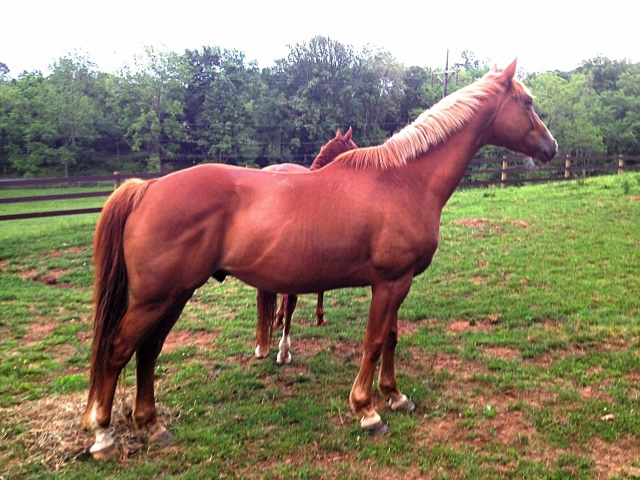 HELP WITH MY HORSE UCLERS PLEASE!!!
Question
Prince Charlie Horse
Hello! I am trying
HELP WITH MY HORSE UCLERS PLEASE!!!
Question
Prince Charlie Horse
Hello! I am trying
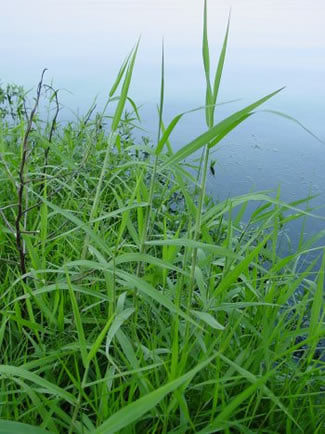 para grass for my thoroughbred
Questionpara grass
QUESTION: hello maam, can i f
para grass for my thoroughbred
Questionpara grass
QUESTION: hello maam, can i f
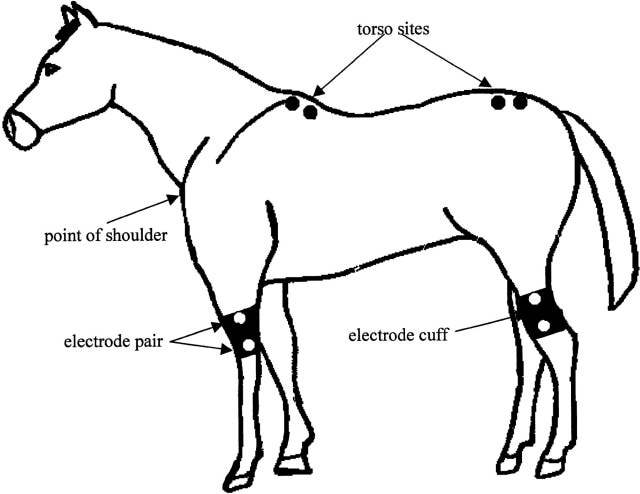 diagram representing
Question
diagram represent
hello maam, can you p
diagram representing
Question
diagram represent
hello maam, can you p
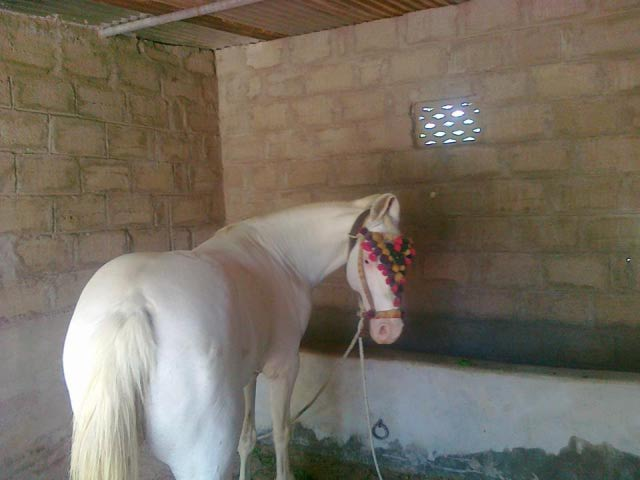 fully conditioned
Question
fully conditioned
hello maam. is this h
fully conditioned
Question
fully conditioned
hello maam. is this h
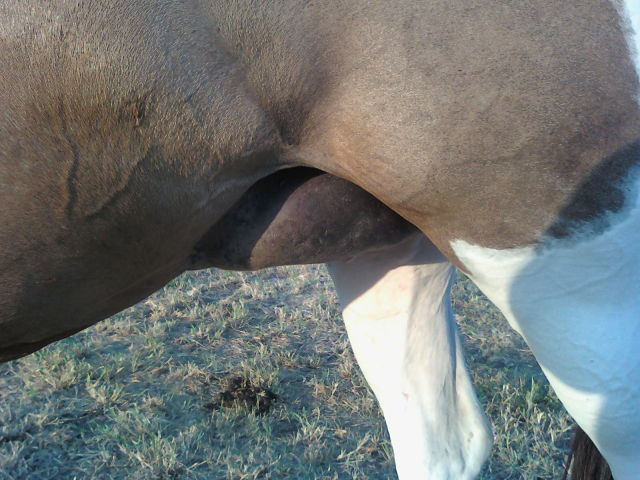 What could my horse be allergic to?
Question
Blue
I have a 14 year old paint mare that just
What could my horse be allergic to?
Question
Blue
I have a 14 year old paint mare that just